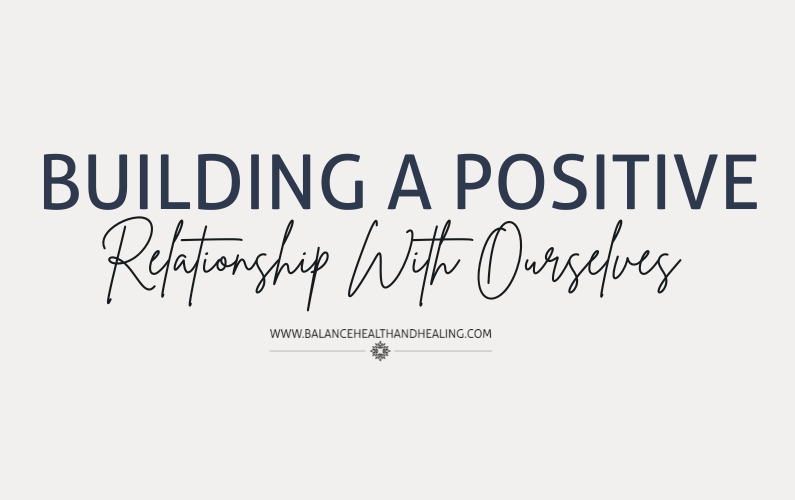
Building a Positive Relationship With Ourselves
As you work towards a space of healing your relationship with your own body, you may begin to notice how others speak about their bodies, talk about others’ physical appearances, or maybe even make comments about your body. Part of entering a space of embodiment means exploring ways to set clear expectations or boundaries about the way that you communicate regarding your own, and others’, physical appearances. By setting clear limits on how those around us discuss, criticize, or interact with our bodies, we reclaim the power to outline our own self-worth and nurture a positive relationship with ourselves. 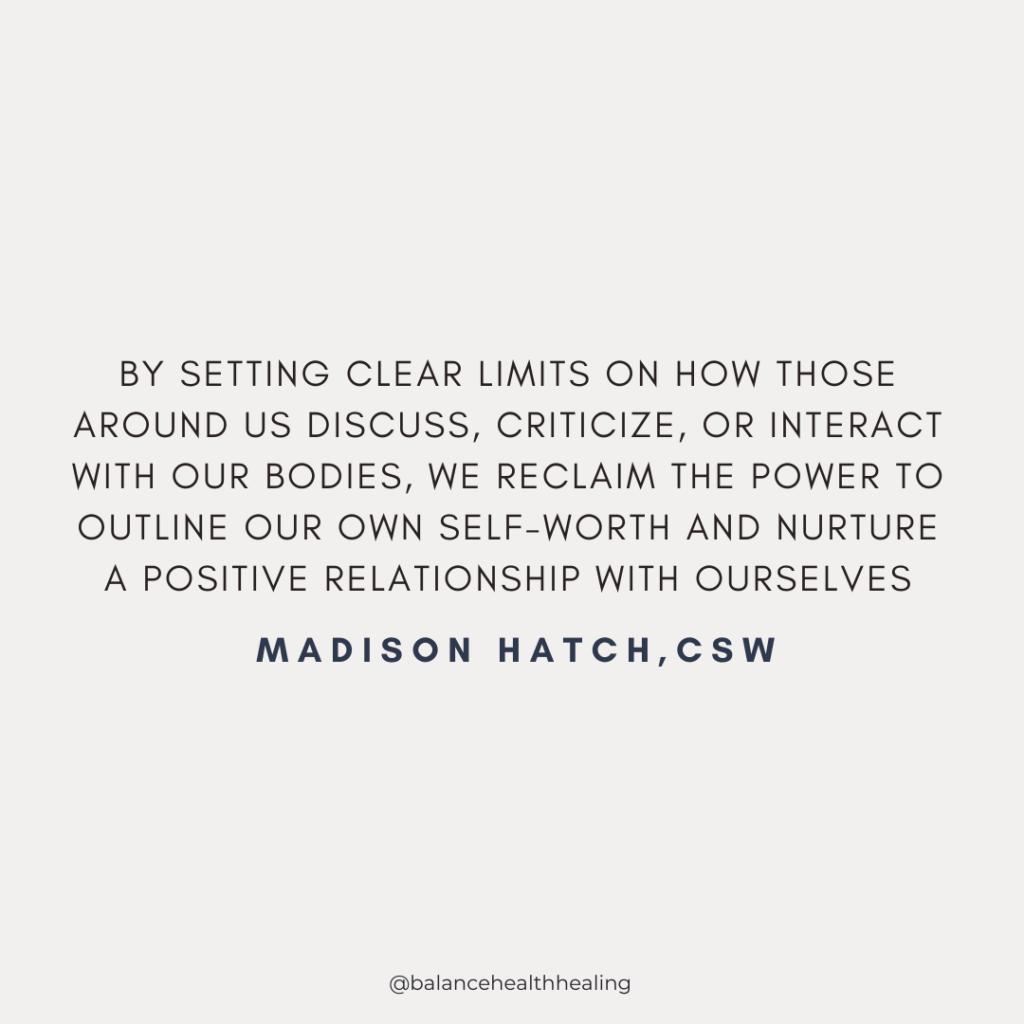
Setting boundaries may feel overwhelming in the beginning, so here are a few steps to make it easier.
- Explore what feels safe to talk about, and what does not. This will help you identify specific topics where boundaries may be needed. For example, it could be comments about your body size, appearance, clothes, or specific body parts.
- Communicate boundaries to friends, family, coworkers, or anybody that has made comments that do not feel safe. Be clear and communicate what type of comments are acceptable and what is not. Express your needs and speak to why this boundary is important to you. Example: From this point going forward, please don’t make comments about my physical appearance.
- Be prepared for pushback, but stick to your boundary anyway. It may be uncomfortable for others to acknowledge how past comments have impacted you, but this does not mean you need to adjust your boundaries to make others feel more comfortable.
- Remember that boundaries can be moveable. If specific boundaries you have set are no longer serving you, you have the right to communicate within your relationships and adjust as needed.
Boundaries are not walls, and setting boundaries does not necessarily mean shutting others out. We have the ability to set boundaries to protect meaningful relationships, and without boundaries, our relationships may not thrive or evolve into their full potential. Boundaries create a healthy balance between our needs, and the needs of others. You deserve safety and honesty within your relationships, and setting boundaries can be an excellent tool to help you reach that outcome.

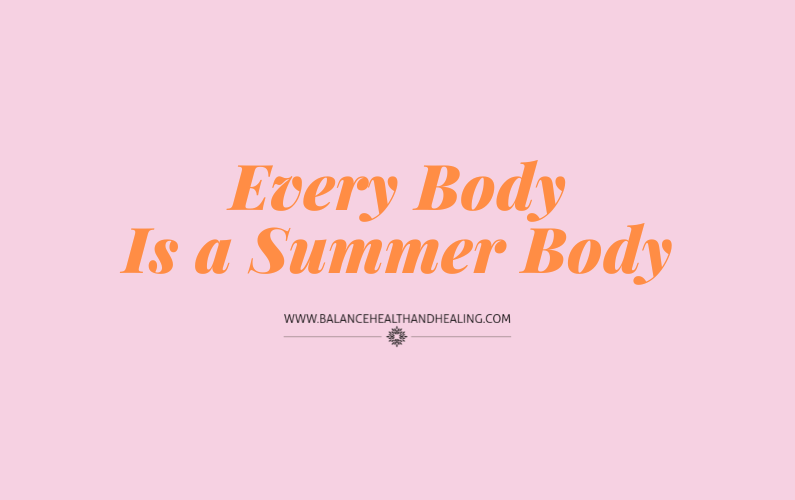
 As the days become longer and the temperature rises, you may find yourself prepping for the summer months. Planning weekend getaways, identifying a list of activities to attend, possibly even planting new flowers or doing some cleaning. Whatever your summer prep includes, hoping to change your body to be worthy of these activities should not make the to-do list.
As the days become longer and the temperature rises, you may find yourself prepping for the summer months. Planning weekend getaways, identifying a list of activities to attend, possibly even planting new flowers or doing some cleaning. Whatever your summer prep includes, hoping to change your body to be worthy of these activities should not make the to-do list.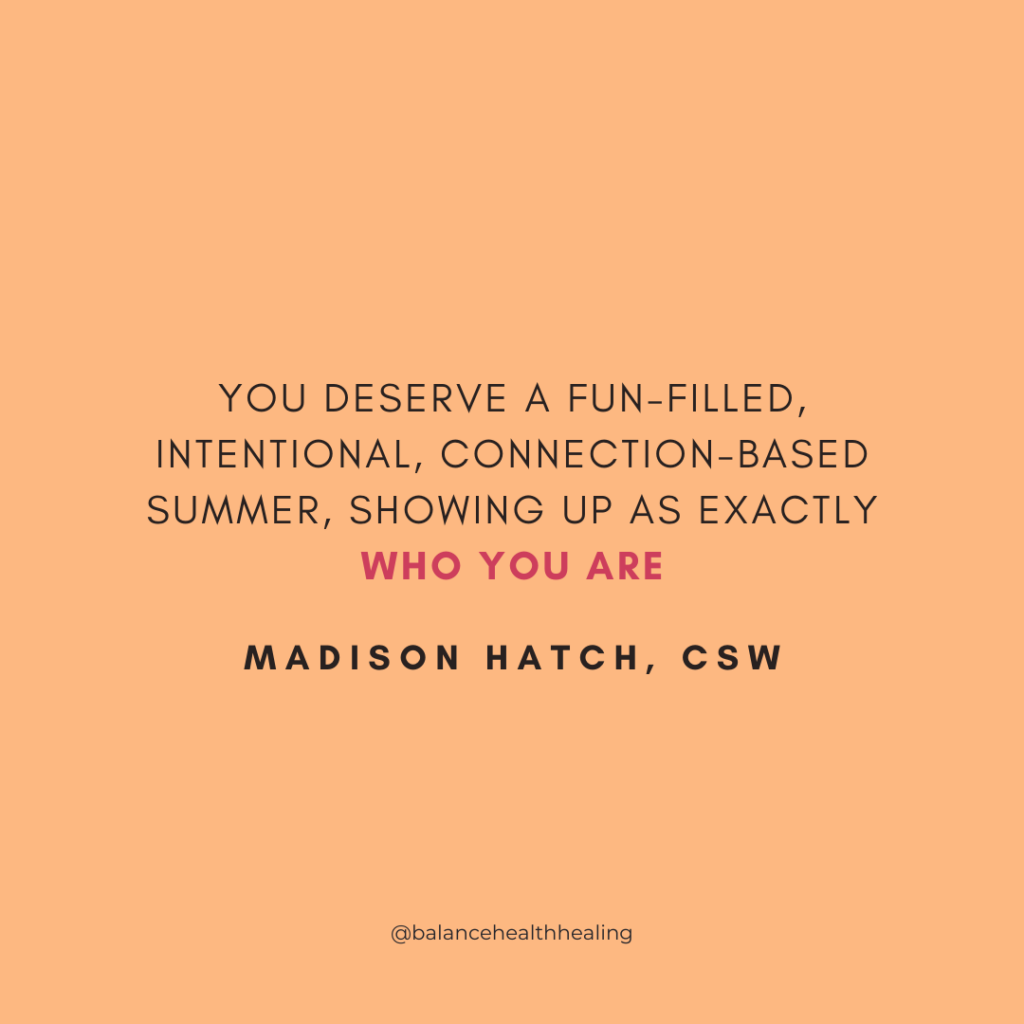 heavily on this change leaves little room for other values such as connection, leisure, or growth.
heavily on this change leaves little room for other values such as connection, leisure, or growth.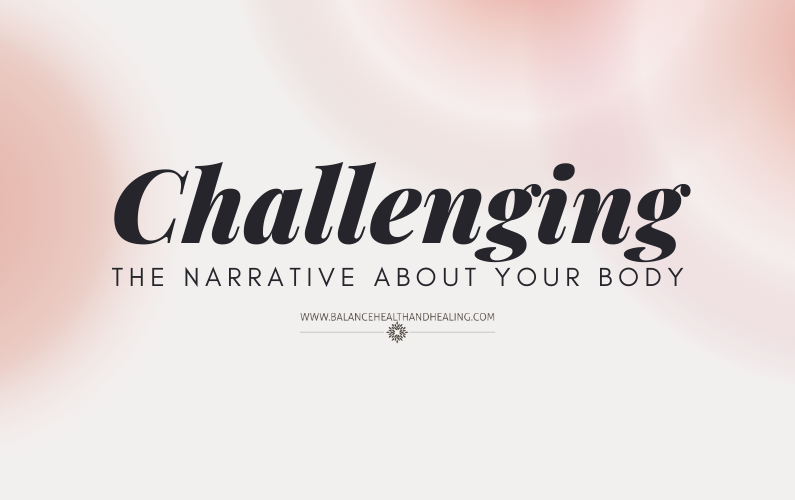
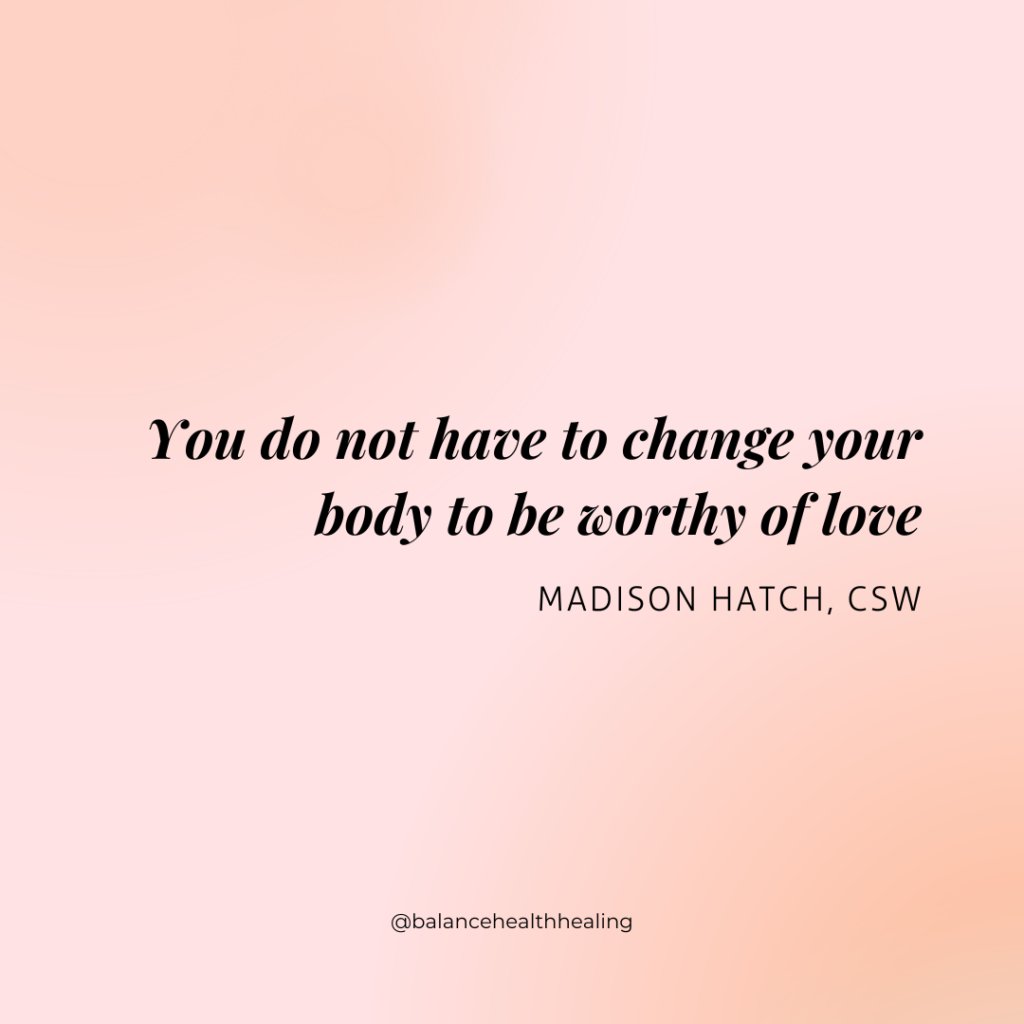 As women, we are taught not to trust in our bodies. We are taught that there is more value in the way that we show up physically than anything that we could ever contribute otherwise. We are taught that taking up space in a room full of people should be vulnerable because of our lack of perfectionism and that we will never be good enough regardless of what our bodies do or don’t look like. But instead of always trying to change our bodies to fit the ever changing idealism, what if we dove into our abilities to accept our bodies without limitation?
As women, we are taught not to trust in our bodies. We are taught that there is more value in the way that we show up physically than anything that we could ever contribute otherwise. We are taught that taking up space in a room full of people should be vulnerable because of our lack of perfectionism and that we will never be good enough regardless of what our bodies do or don’t look like. But instead of always trying to change our bodies to fit the ever changing idealism, what if we dove into our abilities to accept our bodies without limitation?

 overwhelming and unrealistic. I realized that the rigid thinking patterns that I was being praised for created patterns of avoidance and feeling inadequate regardless of what I had accomplished. I realized that although my intention behind the rigidity was to be the best version of myself, those same rigid patterns had inherently impacted my ability to grow as an individual and allow myself to live in the present moment.
overwhelming and unrealistic. I realized that the rigid thinking patterns that I was being praised for created patterns of avoidance and feeling inadequate regardless of what I had accomplished. I realized that although my intention behind the rigidity was to be the best version of myself, those same rigid patterns had inherently impacted my ability to grow as an individual and allow myself to live in the present moment. As I reflected on my current thought patterns, I also explored the concept of flexibility. Flexible thinking embodies the ability to change direction and adjust to unanticipated circumstances. And although my rigidity served me in many ways, I knew that balance was what I needed to embrace the unpredictability and chaos that life throws at me.
As I reflected on my current thought patterns, I also explored the concept of flexibility. Flexible thinking embodies the ability to change direction and adjust to unanticipated circumstances. And although my rigidity served me in many ways, I knew that balance was what I needed to embrace the unpredictability and chaos that life throws at me. 
 The quote “there is no shame in admitting that you were previously speaking from a less informed place” really got me thinking about recovery and the mindset changes needed to embody a space that feels both foreign and full of uncertainty when working towards a place of healing. We often hear the phrase “healing isn’t linear”, and although that is absolutely true, there is much more to healing than what could ever be described as any specific trajectory.
The quote “there is no shame in admitting that you were previously speaking from a less informed place” really got me thinking about recovery and the mindset changes needed to embody a space that feels both foreign and full of uncertainty when working towards a place of healing. We often hear the phrase “healing isn’t linear”, and although that is absolutely true, there is much more to healing than what could ever be described as any specific trajectory.